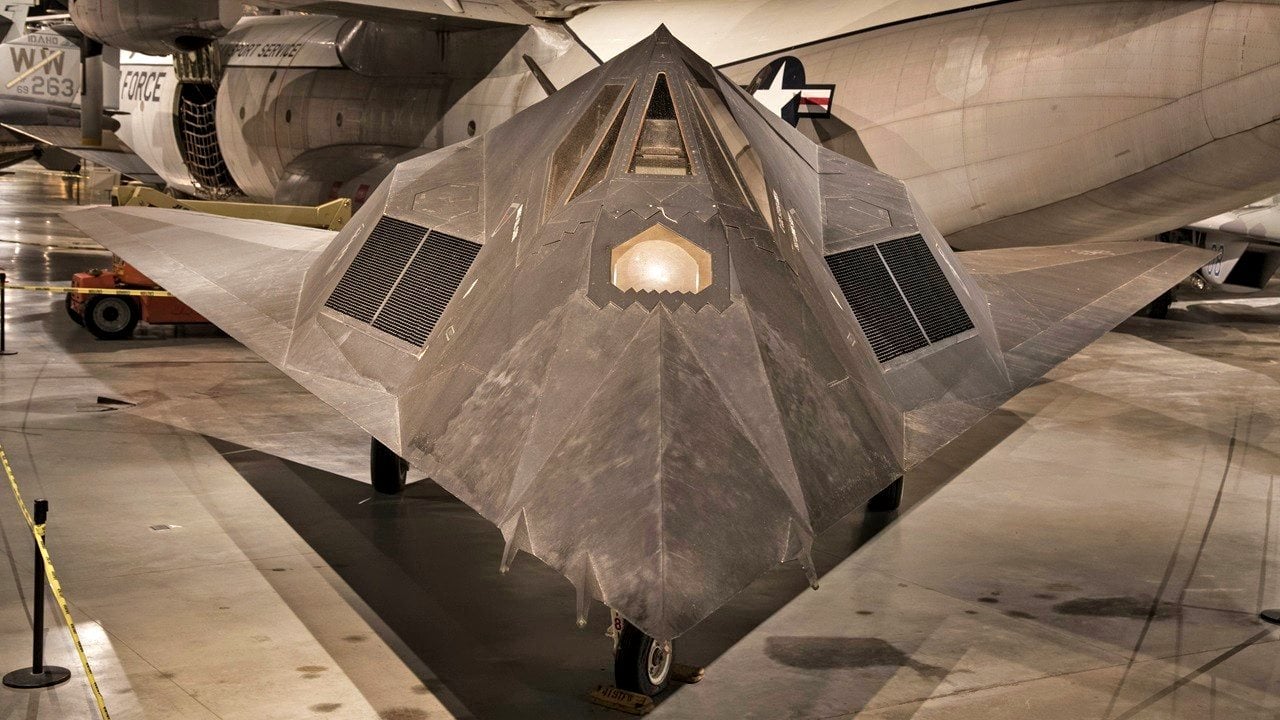Stealth Down: How the F-117 Nighthawk Was Shot Down by a Missile
The F-117 Nighthawk, the world's first operational stealth aircraft, revolutionized aviation with its near-invisibility to radar. Its success was undeniable during the Gulf War, where it destroyed over 1,500 high-value targets without a single loss.
Summary and Key Points You Need to Know: The F-117 Nighthawk, the world's first operational stealth aircraft, revolutionized aviation with its near-invisibility to radar. Its success was undeniable during the Gulf War, where it destroyed over 1,500 high-value targets without a single loss.
-However, in 1999 during the Kosovo War, the F-117's streak ended when a Yugoslavian SAM battery, commanded by Zoltan Dani, shot down the aircraft.
-This incident highlighted that even the most advanced technology can be vulnerable to skilled and innovative adversaries.
F-117 Nighthawk: The Stealth Jet That Wasn't Invincible
The F-117 Nighthawk was the world’s first operational stealth aircraft. Mostly invisible to contemporary radar systems, the F-117 was a watershed airframe in aviation history that led to the advanced stealth systems in use today.
Despite the F-117’s high-tech stealth properties, one of these jets was lost over the skies of Yugoslavia to a surface-to-air missile. It was the first time a stealth aircraft was ever shot down, and the incident showed advanced Western technology was still fallible.
F-117 Nighthawk: The First Stealth Plane for the U.S. Air Force
The F-117 made its first flight in 1981, but the program was such a tightly guarded secret that very few people knew of the stealth jet until 1988. The F-117 was operational in the Gulf War and it was impressive, with a radar cross section that was virtually undetectable.
The F-117 was relied upon heavily against Iraqi forces. “Despite making up less than three percent of the coalition aircraft, F-117s attacked over 30 percent of the targets, primarily in Baghdad, the most heavily defended city in the world at the time,” Sandboxx writes. The F-117’s performance in the conflict proved the viability of the stealth concept: It destroyed 1,500 high-value targets without the loss of a single aircraft.
The Nighthawk’s undefeated streak would end in 1999, however, early in the Kosovo War. On the fourth night of the war, Col. Patrick Zelko took off in his F-117. Waiting for Zelko was a Yugoslavian commander, Zoltan Dani, in charge of an SA-3 surface-to-air missile battery.
The SA-3 was outdated, with limited range and limited durability. But Dani was an experienced operator who had learned the benefits of SAM mobility.
Dani was also clever in that he never turned on the SA-3’s radar for more than forty seconds at a time, because he knew that doing so would make him visible to enemy forces.

Using spies at the American airfield, Dani was able to stay abreast of American jet activity. Aware that a flight was inbound, Dani began turning on his SA-3 radar in short bursts. Dani’s third radar burst coincided perfectly with Zelko’s opening of his bomb bay doors – a movement that revealed the F-117 to radar for a moment. Dani recognized his opportunity and fired the SA-3. Zelko saw the missiles but was helpless to take evasive action.
“They were moving at three times the speed of sound, so there wasn’t much time to react,” Zelko said, according to Sandboxx.
“I felt the first one go right over me, so close that it rocked the aircraft. Then I opened my eyes and turned my head, and there was the other missile. The impact was violent. I was at negative seven Gs. My body was being pulled out of the seat upward toward the canopy. As I strained to reach the ejection handles, one thought crossed my mind: This is really, really, really bad.”
Zelko survived the shoot-down. And thanks to U.S. Air Force pararescue specialists, Zelko was rescued and flying missions again within a few weeks.
But the incident was a reminder that technological superiority is not a cure-all; cleverness can still be an equalizer on the battlefield.
About the Author: Harrison Kass
Harrison Kass is a defense and national security writer with over 1,000 total pieces on issues involving global affairs. An attorney, pilot, guitarist, and minor pro hockey player, Harrison joined the US Air Force as a Pilot Trainee but was medically discharged. Harrison holds a BA from Lake Forest College, a JD from the University of Oregon, and an MA from New York University. Harrison listens to Dokken.
Image Credit: Creative Commons.


